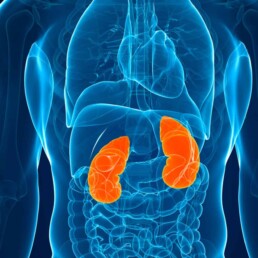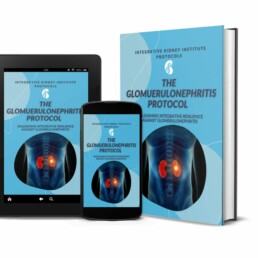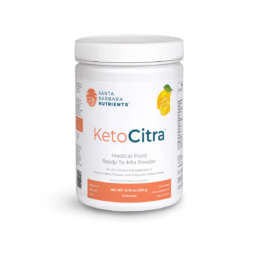The monocyte-to-high-density lipoprotein (HDL) ratio (MHR) is a novel laboratory marker for monitoring inflammation, symptoms, and cardiac outcomes in CKD. In this blog, we will discuss all you need to know about the monocyte-to-HDL ratio.
By Majd Isreb, MD, FACP, FASN, IFMCP
What is MHR and Why Is It Important in CKD?
Monocytes are immune cells involved in the response to chronic or acute infection, especially from bacteria, fungi, viruses, or protozoa. Activated monocytes release circulating pro-inflammatory cytokines that contribute to systemic inflammation.
On the other side of the equation, HDL, or the “good cholesterol,” is thought to have anti-inflammatory, antioxidant, and anti-thrombotic effects. With the MHR ratio, we are looking at monocytes divided by HDL. Therefore, a higher MHR ratio can be thought of as an inflammatory marker, indicating the presence of systemic inflammation. The MHR ratio is easy to measure and can help you assess the burden of inflammation in CKD.
What is monocyte-to-HDL ratio?
MHR can be simply measured from a complete blood count (CBC) and conventional fasting lipid panel. Then it can be calculated by dividing the absolute monocyte counts (× 106/L) by HDL-C (mg/dL).
Several studies have linked Elevated MHR to systemic inflammation and oxidative stress. Inflammation is also a characteristic of CKD, as discussed here. Oxidative stress is an imbalance between antioxidants and free radicals and maybe a root cause of heart disease, Alzheimer’s, Parkinson’s, chronic kidney disease, and many more. MHR has been found to be associated with carotid intima-media thickness, obesity, and poor cardiac outcomes. It was found to be higher in smokers and those with vitamin D deficiency. MHR levels could also be associated with chronic kidney disease symptoms.
What is the normal MHR value?
I have not seen an agreed-upon value for MHR. However, this study showed that the value in non-smokers was 8.5-14.6. The control group in this study evaluating the association between obstructive sleep apnea and MHR had a value of 9.2 ± 2.6. It is important to note that some studies used logarithmic MHR in their reporting. Until MHR is standardized, we cannot reliably assume a normal value. However, it is safe to say that a ratio above 12 is high and may indicate inflammation.
What does MHR have to do with kidney disease?
MHR was found to be negatively correlated with the estimated glomerular filtration rate (eGFR). MHR, therefore, gets higher with worsening kidney function and is a marker for the relationship between inflammation and CKD. This is consistent with the notion that kidney disease is an inflammatory disorder. Higher MHR was also associated with worse cardiac outcomes in kidney patients.
In addition, MHR predicted the severity of proteinuria (abnormal protein in the urine) and kidney function in patients with primary nephrotic syndrome (such as membranous nephropathy, focal segmental glomerulosclerosis (FSGS), membranoproliferative glomerulonephritis (MPGN), and IgA nephropathy). So, the higher the MHR, the worse the kidney function and proteinuria. This will likely translate into a faster progression of kidney disease. A fascinating new study found a significant association between indole-3-acetic acid and MHR. Indole-3-acetic acid is a gut-derived uremic toxin. It comes from the gut microbiome and accumulates in the body of individuals with kidney disease.
The bottom line on MHR and chronic kidney disease
MHR is a novel marker that can help assess inflammation in CKD and oxidative stress. Measurements are affordable, part of routine lab work, and easy to calculate. Higher values are associated with worsening kidney function, CKD symptoms, and poor cardiac outcomes, so it is worth obtaining this measurement.





